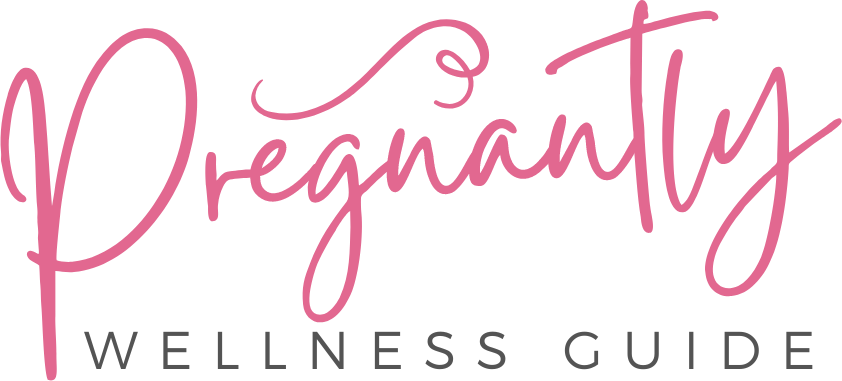
The Way To A Healthy Heart
In the United States, heart disease is the foremost cause of death for both men and women. Over 60 million women in the United States suffer from some type of heart condition. However, heart disease can affect women differently than men, with women much more likely to experience other symptoms in addition to the most commonly reported symptom; chest pain.
As mentioned, women can experience different symptoms, which can sometimes be subtle and difficult to recognize as heart-related symptoms. It is important for women to understand all of their risks when it comes to heart disease and how to take appropriate steps to manage or prevent this condition.
While men and women alike can experience heart-related problems at any age, the most commonly reported age of heart disease in women is 70. Though this is among a population that is older, heart disease can begin to develop much earlier in individuals, and the condition of heart attacks (myocardial infarction) can be seen increasingly in those between the ages of 35-54.
In what follows, we’ll discuss the most common heart problems experienced by women, how to treat, manage, and prevent them, and what the long-term outlook looks like for women with existing heart conditions.
Types of Heart Problems Affecting Women
Heart disease is a generalized term that typically refers to a range of heart-related conditions or problems. There are several different types of heart problems that women and men may experience, and each condition has specific differences.
Women who have experienced high blood pressure or diabetes during pregnancy may be at higher risk of developing these conditions during their lifetime. They are also at higher risk than other women of developing heart disease. Yet, one of the biggest concerns for women is a strong family history of heart disease.
Coronary Artery Disease
The excess of plaque in the arteries that provide blood to the heart results in the development of coronary artery disease (CAD). Over time, this can narrow the arteries and reduce blood flow, leading to chest pain, shortness of breath, and other symptoms. Plaques can also lead to blood clotting, which can obstruct the artery and disrupt the flow of blood to the heart resulting in a heart attack.
Women can experience different symptoms when experiencing a heart attack. They may only experience more subtle symptoms such as fatigue, shortness of breath, nausea, heartburn, or back pain. It’s important for women to have a higher index of suspicion of potential heart disease when having these symptoms.
Risk factors for CAD include high blood pressure, high cholesterol, smoking, diabetes, obesity, and a family history of heart disease. There is also a slightly higher risk of CAD in women who have gone through menopause.
Treatment for a heart attack will often be a cardiac catheterization procedure in which the blockage of a coronary artery is relieved. The management of an individual who has gone through a heart attack will include lifestyle changes such as exercise, a healthy diet, and quitting smoking. Medical prescriptions such as statins, aspirin, and beta-blockers will also be necessary.
Congestive Heart Failure
Congestive heart failure (CHF) is the condition of a poorly functioning heart that cannot effectively and efficiently pump blood. In this process, blood vessels will tend to leak clear fluid into the lung cavities and soft tissues. This leads to symptoms such as trouble breathing, fatigue, and signs of swelling in the legs and feet.
Women can have similar symptoms as men with congestive heart failure, but they may also have some subtle differences. Women with congestive heart failure also have improved survival rates than men with congestive heart failure.
Treatment options for CHF may include medications such as ACE inhibitors, beta-blockers, and diuretics (water pills), as well as lifestyle changes such as a low-sodium, low-sugar diet and exercise. In some cases, procedures such as implantable cardioverter-defibrillators or heart transplants are considered.
Cardiac Arrhythmias
Cardiac arrhythmias refer to irregular heartbeats or abnormal heart rhythms that can occur for a variety of reasons. Though some arrhythmias can be benign, such as occasional skipped beats, and others can be life-threatening.
Women may be more likely than men to develop certain types of arrhythmias, such as atrial fibrillation. Symptoms of arrhythmias can include palpitations, dizziness, lightheadedness, and fainting.
Treatment options for arrhythmias may include medications such as beta-blockers or anti-arrhythmic drugs, as well as procedures such as ablation or pacemaker implantation.
Management and Prevention
Preventing heart disease and managing existing heart conditions requires a multi-faceted approach that includes lifestyle changes, medications, and medical interventions.
The following will be an introduction to some key strategies that women can use as initial prevention as well as post-heart condition preventative methods.
Understand Your Risk and Family History
One of the most important steps women can take to protect their heart health is to understand their individual risk factors for heart disease. This includes factors such as age, blood pressure, cholesterol levels, smoking history, and family history of heart disease.
By knowing their risk factors, women can take steps to reduce their risk of heart disease through lifestyle changes, medication, and medical interventions as necessary.
Pay Attention to Diet
A heart-healthy diet is one of the best methods to prevent heart disease and manage existing heart conditions. Women should aim to eat a balanced diet that is rich in fruits, vegetables, whole grains, lean proteins, and healthy fats. They should also limit their intake of processed foods, sugary drinks, and foods high in saturated and trans fats.
Get Regular Exercise
Regular exercise can help prevent heart disease and improve heart health in women with existing conditions. Individuals at-risk should aim for at least 30 minutes of exercise 5-7 days per week. This may include activities such as a brisk walk, bike ride, or a swim. They should also incorporate strength training exercises to build muscle and improve overall fitness.
Manage Stress
Stress can contribute to heart disease in women, so it is important to find healthy ways to manage stress. This may include relaxation techniques such as deep breathing, meditation, or yoga or engaging in enjoyable activities such as hobbies, socializing with friends, or spending time in nature.
Finally, for women with existing heart conditions, it is important to closely monitor symptoms and health markers such as blood pressure, cholesterol levels, and blood sugar. They may also need to take medications such as blood thinners or beta-blockers to manage their condition.
In addition, women with existing heart conditions should work closely with their healthcare provider to develop a personalized treatment plan. Regular check-ups and monitoring can help ensure that their condition is being managed effectively.
Final Thoughts
Preventing heart disease and managing existing heart conditions requires a proactive approach that includes lifestyle changes, medications, and medical interventions.
By understanding their individual risk factors and taking steps to protect their heart health, women can reduce their risk of heart disease and improve their overall health and well-being.







